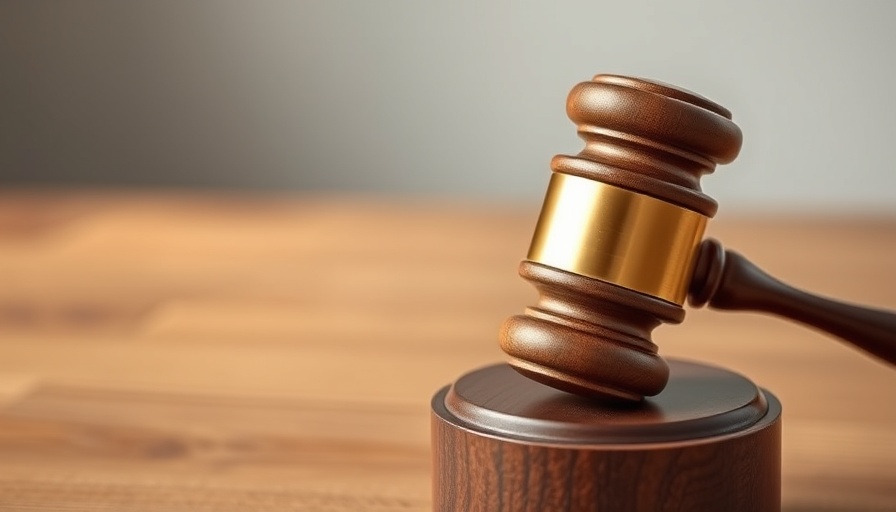
New York City’s Natural Gas Ban: A Landmark Decision for Construction
A recent decision by a federal judge has upheld New York City's efforts to restrict natural gas use in new building constructions. This ruling is significant as it marks a pivotal shift in how urban areas might approach energy sources, influencing not just New York, but potentially cities across the United States.
What Does This Mean for Construction Companies?
For clients of commercial construction companies, particularly those involved in large-scale projects, this ruling prompts important considerations. The shift away from natural gas means contractors will need to adapt their project plans to accommodate alternative energy sources, which may include electric heating and renewable energy options. Although there could be an increase in upfront costs associated with these changes, there may also be long-term savings and efficiency improvements once the systems are in place.
Understanding the Financial Impacts
From a financial perspective, this ruling could initially drive up construction costs due to new regulations and the need for revised building plans. However, as Andrew Thompson suggests, there might also be savings in operational costs in the long run, as energy-efficient systems and renewable technologies often lead to lower utility bills. Moreover, with increasing public support for sustainable practices, building owners could find improved marketability and tenant satisfaction in properties that utilize greener technologies.
Comparing Approaches: New York vs. Other States
New York City isn’t alone in its push towards renewable energy; other states and municipalities are examining similar measures. For instance, California has implemented its own sets of stringent energy regulations. These parallel moves strip down fossil fuel use in favor of electricity derived from renewable resources, which poses questions about how states are balancing economic growth with environmental responsibility.
How to Prepare for Changes in Regulation
Construction companies need to prepare for regulatory changes not only to remain compliant but to thrive in a transforming market. Here are a few steps to consider:
- Educate Teams: Ensure that your project managers and teams understand the implications of new regulations on ongoing and future projects.
- Invest in Training: Familiarize your workforce with renewable technologies and energy-efficient systems.
- Market Awareness: Stay updated on trends in building regulations nationally and locally to adjust your strategies appropriately.
The Path Ahead: Opportunities in Clean Energy
The current ruling is not just a challenge but an opportunity for innovation in construction. Companies that adeptly pivot towards renewable and efficient systems can gain first-mover advantages, setting benchmarks for competitors and establishing themselves as leaders in sustainable practices. The integration of clean energy solutions in construction could lead to more desirable properties, fulfilling a growing consumer demand for eco-friendly living spaces.
As construction clients think about future projects, aligning with firms that are proactive about these shifts can facilitate smoother transitions into compliant, energy-efficient building practices. Understanding the implications of New York City’s ruling is the first step towards making informed decisions that support both financial success and environmental stewardship.
 Add Row
Add Row  Add
Add 




Write A Comment